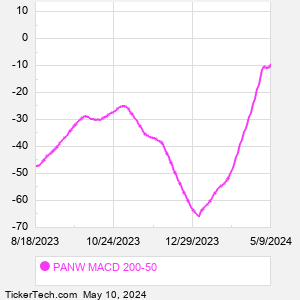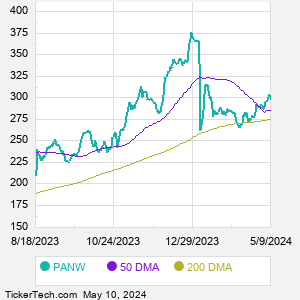Palo Alto Networks is a global cybersecurity provider. Co.'s cybersecurity platforms and services help secure enterprise users, networks, clouds, and endpoints by delivering cybersecurity backed by artificial intelligence and automation. Co. is a provider of zero trust solutions, starting with zero trust network access to secure remote hybrid workforces and extending to securing users, applications, and infrastructure with zero trust principles. Co.'s network security platform includes its hardware and software Machine Learning-Powered Next-Generation Firewalls, as well as a cloud-delivered Secure Access Service Edge. Co. enables cloud-native security through its Prisma Cloud platform.
When researching a stock like Palo Alto Networks, many investors are the most familiar with Fundamental Analysis — looking at a company's balance sheet, earnings, revenues, and what's happening in that company's underlying business. Investors who use Fundamental Analysis to identify good stocks to buy or sell can also benefit from PANW Technical Analysis to help find a good entry or exit point. Technical Analysis is blind to the fundamentals and looks only at the trading data for PANW stock — the real life supply and demand for the stock over time — and examines that data in different ways. One of those ways is to calculate a Simpe Moving Average ("SMA") by looking back a certain number of days. One of the most popular "longer look-backs" is the PANW 200 day moving average ("PANW 200 DMA"), while one of the most popular "shorter look-backs" is the PANW 50 day moving average ("PANW 50 DMA"). A chart showing both of these popular moving averages is shown on this page for Palo Alto Networks. Comparing two moving averages against each other can be a useful visualization tool: by calculating the difference between the PANW 200 DMA and the PANW 50 DMA, we get a moving average convergence divergence indicator ("PANW MACD"). The PANW MACD chart, in conjunction with the chart of the moving averages, basically helps in visualizing how the moving averages are showing convergence (moving closer together), or divergence (moving farther apart). |



